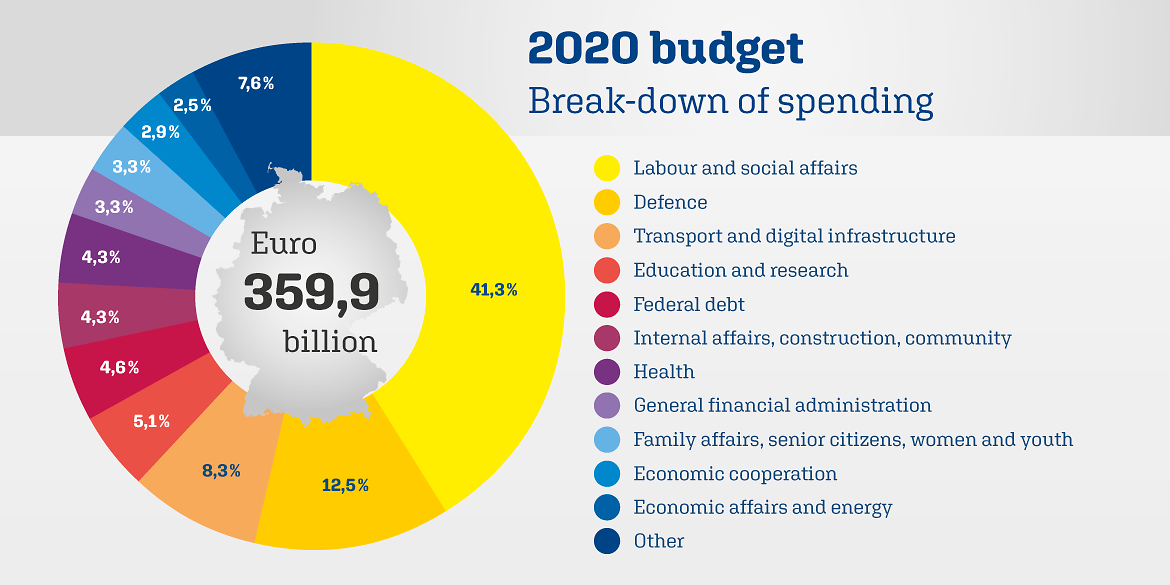

Growth in payments is expected to be constrained over the forward estimates period.Īt MYEFO, personal income tax receipts were projected to grow to their highest level as a proportion of GDP since 1999-2000 at just over 12 per cent of GDP in 2021-22.
#2019 government budget driver#
Strong growth in receipts is expected to be the main driver of fiscal consolidation over the forward estimates period. Net interest payments were estimated to be equivalent to around $480 per capita in real terms in 2018-19.Īchieving a UCB surplus depends on closing the gap between payments and receipts. Net interest payments are around $14.0 billion in 2018-19, equivalent to around 0.7 per cent of GDP. Increases in net debt affect net interest payments which are measured over the long-term in budget papers. In 2018-19 the FB is in deficit by 0.1 per cent of GDP growing to a surplus in 0.9 per cent of GDP in 2021-22. The fiscal balance (FB) approximates the contribution of the Australian general government sector to the current account balance in the balance of payments. It is expected to be in surplus by 0.3 per cent of GDP in 2018-19 growing to 1.4 per cent of GDP in 2021-22. The net operating balance is the difference between the revenues and expenditures of the Australian Government. Other measures of the Budget balance provide insight into the impact of Government on the economy. Net operating balance (NOB) and fiscal balance This UCB was projected to grow to a surplus of around $190 billion by 2021-22 (0.9 per cent of GDP).įigure 2.

MYEFO projected an improvement in the UCB from a deficit of $5.2 billion in 2018-19 (0.3 per cent of GDP) to a surplus of $4.1 billion (0.2 per cent of GDP) in 2019-20. The Budget was forecast to be back in surplus by 2019-20, which would be the first Budget surplus since 2007-08. The figures are current at the time of publication but the Government’s economic and fiscal forecasts will be updated with the release of the 2019-20 Budget on 2 April 2019. The aim of this briefing is to provide some context for the 2019-20 Budget based on the latest economic and fiscal forecasts released at the 2018-19 MYEFO in December 2018. However, there remain some downside risks to the International and domestic economy which are discussed further in the Library’s Pre-Budget Economic Outlook AMP Chief Economist Shane Oliver has suggested that corporate tax receipts could be $2 to $4 billion higher in 2018-19. Recent commentary has suggested that higher than expected iron prices, partly due to the collapse of the Vale tailings dam in Brazil, may lead to increased corporate tax receipts in the short term, providing the Government with scope to forecast higher surpluses or announce larger than anticipated tax cuts.

It has been speculated that these unannounced measures are further personal income tax cuts, to be revealed in the Budget. As the Parliamentary Library has previously noted the MYEFO included just over $10 billion worth of policy decisions taken by the Government which have not yet been announced. The Budget is also likely to contain some significant policy announcements. The 2019-20 MYEFO forecast a return to surplus in 2019-20 with Commonwealth net debt forecast to have peaked (as a proportion of GDP) in 2017-18. The Budget is likely to reconfirm an improvement in the Commonwealth’s fiscal position. With the federal election expected to be called shortly after the Budget on 2 April 2019, the Budget will form a significant part of the Government’s economic strategy and its policy platform for the election.


 0 kommentar(er)
0 kommentar(er)
